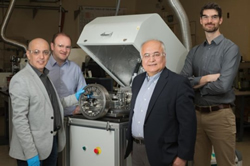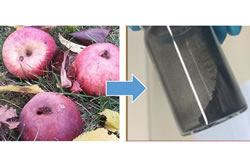Talking CHS Technology with The Coretec Group
Solar Energy Storage Problem May be Solved in New Single-System Technology
Quantum Dot Solar Cells Are Coming
Speeding Up Discoveries of Organic and Organic-Inorganic Materials by Electronic Structure Theory
New Control Strategy Helps Reap Maximum Power from Wind Farms
Lithium Battery Life Could Double by Adding Graphene Girders to Silicon Electrodes
Energy from Artificial Photosynthesis
NREL at 40: Research Efforts Drive Advanced Energy
Venteea Project Shows a Fair Wind for Distribution Network Energy Storage
New hydronium-ion battery presents opportunity for more sustainable energy storage
What is the Deep Decarbonization Pathway Project?
Gone with the wind: Surprising potential to improve reliability in wind power
Apple leftovers key for future energy storage
Researchers want oil and gas drillers to adopt geothermal technology
Super Battery Technology - High Capacity Cathode
Records 16 to 30 of 35
First | Previous | Next | Last




.jpg)
(1).jpg)
(1).jpg)







